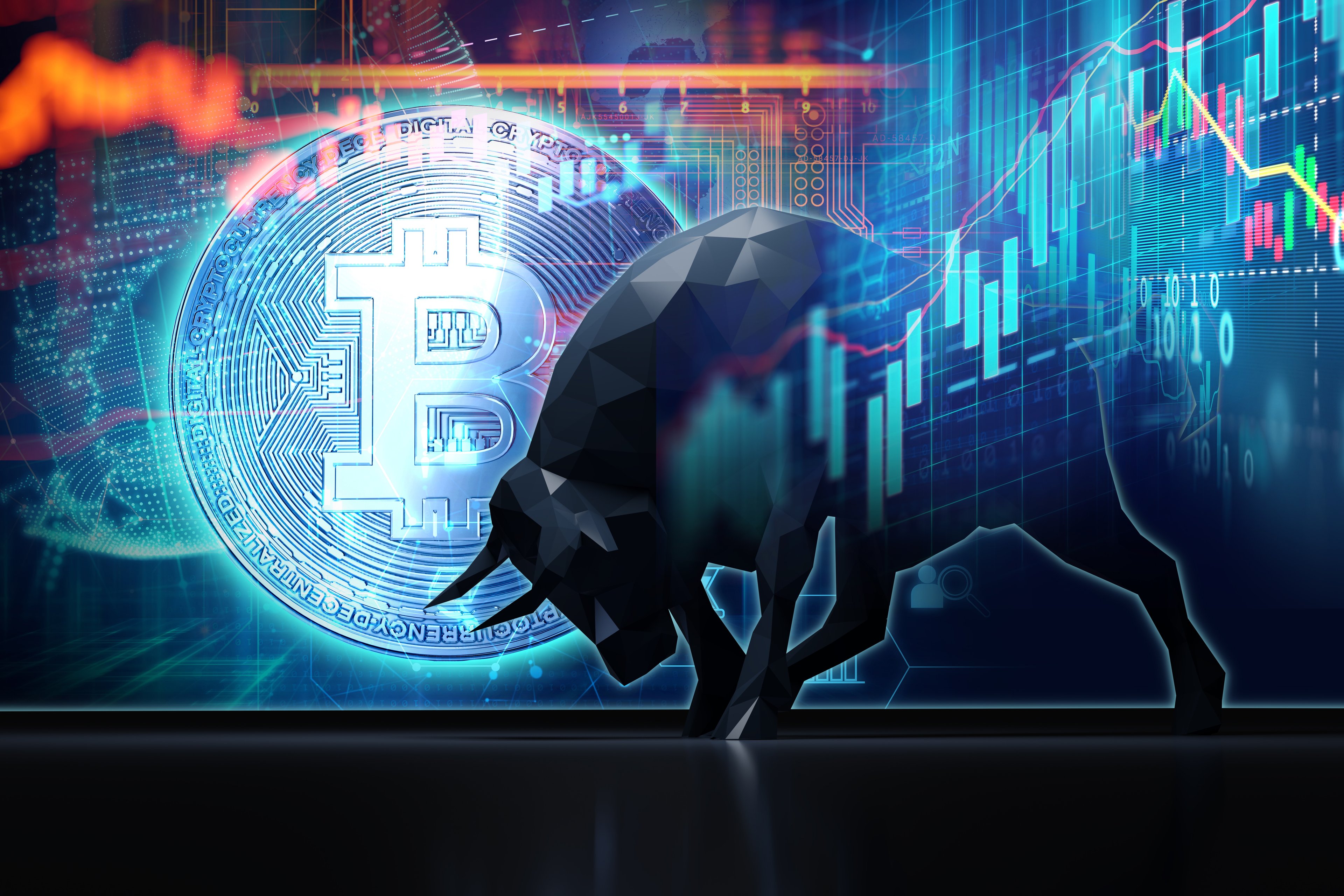XRP (XRP +1.69%) was one of the best performing cryptocurrencies in 2024, with a whopping 235% gain. It had a more muted start to 2025 with a gain of just 8.9% during the first half, and it would have to more than double from its current price to reach the milestone of $5 per token. I think that might be too tall of a task in the final six months of the year.
Last year, XRP benefited from President Donald Trump's election win as the president campaigned on a pro-crypto agenda which included a looser regulatory framework for the industry. The U.S. Securities and Exchange Commission (SEC) sued Ripple -- the creator of XRP -- in 2020 for breaching securities laws, but the agency is now backing off, which paves the way for the proceedings to end.
Many bullish XRP investors believe the end of Ripple's regulatory woes could drive another leg of upside for the token, but here's why the $5 target is probably too ambitious -- not just in 2025, but also over the long term.

Image source: Getty Images.
XRP hasn't moved higher on the SEC's friendlier approach
Ripple created a payments network called Ripple Payments, which is designed to speed up cross-border transactions by allowing international banks to communicate with one another no matter what existing infrastructure they use. This eliminates the need for intermediaries, so banks can settle payments between each other directly, and instantly.
Ripple created XRP to standardize those transactions. For example, rather than an Italian bank sending euros to a Japanese bank, it might send XRP instead, which would eliminate costly foreign exchange fees. Plus, the cost of sending the actual payment in XRP can be as little as 0.00001 tokens, which is equal to a fraction of one U.S. cent.
XRP has a total supply of 100 billion tokens, with 59 billion in circulation and the other 41 billion controlled by Ripple, which releases them gradually to meet demand. This separates XRP from other cryptocurrencies like Bitcoin, which doesn't have an issuer because coins are earned through a process called "mining," and thus are fully decentralized.
That's why the SEC sued Ripple in 2020. The agency argued XRP should be classified as a financial security like a stock or a bond, because it's issued directly by a company. The consequences for Ripple would have been very serious, forcing them to operate within a heavily regulated framework. However, in August 2024, a judge ruled that XRP might only be considered a security when it's issued to institutions, but not when it's used in transactions or traded on public crypto exchanges.
Ripple was still slapped with a fine of $125 million, but investors considered it a major win. The situation improved even further following President Trump's election win, because he appointed crypto advocate Paul Atkins to run the SEC. Rather than pursuing an appeal of the judge's decision (as was originally planned), the agency has now backed off and the case is all set to wrap up.
Nonetheless, it hasn't driven XRP higher -- in fact, the token is down 33% from its post-election peak.

CRYPTO: XRP
Key Data Points
Don't count on XRP reaching $5 this year
According to one recent estimate by Finextra Research, Ripple has processed around $70 billion worth of payment volume since it was founded in 2012. Theoretically, the value of XRP should increase alongside more payment volume and the growing adoption of Ripple Payments, but there are a couple of caveats.
First, banks don't have to use XRP to benefit from instant cross-border transactions through Ripple Payments, because the platform supports the use of alternatives including fiat currencies. Ripple even launched a new stablecoin called Ripple USD earlier this year, and while it serves a different purpose than XRP, it provides institutions with yet another option when moving their money.
Second, XRP can only maintain its value if banks and investors hold on to it. Circling back to my earlier example, the Italian bank would have to buy XRP in order to send it to the Japanese bank, thus increasing its value. But if the Japanese bank immediately converts the XRP to Japanese yen, that would be equivalent to a sale, thus driving the token's value lower again.
This means the true value of XRP might actually be driven by demand from speculative investors, which explains the token's 235% surge last year, most of which came after Trump's election win. Despite the powerful rally, it's worth noting the token still failed to surpass its record high of $3.40, which was set way back in 2018, and it has since settled at around $2.20 as of June 30.
As a result, reaching $5 might be out of the question in the second half of this year, regardless of the positive outcome between Ripple and the SEC. In fact, I don't see a pathway to $5 over the long term, either.





